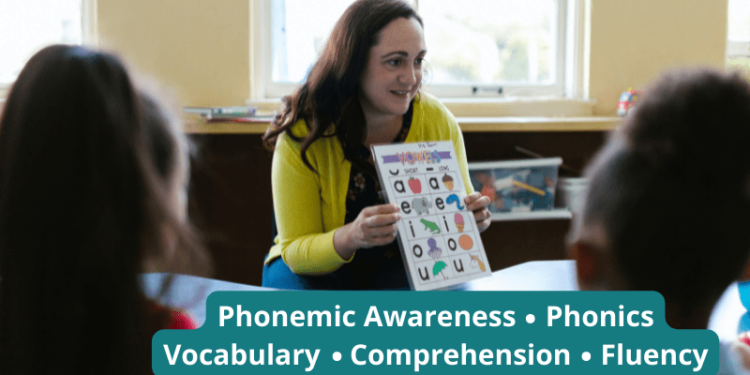When it comes down to it, reading might be the most important skill kids learn in school. Being a fluent reader opens up endless opportunities for lifelong learning. That’s why schools and teachers everywhere are constantly trying to improve the way they teach this fundamental skill. One phrase that’s emerged in recent years is the “science of reading.” But what is the science of reading? How does it help teachers and students? Here’s an overview.
What is the science of reading?
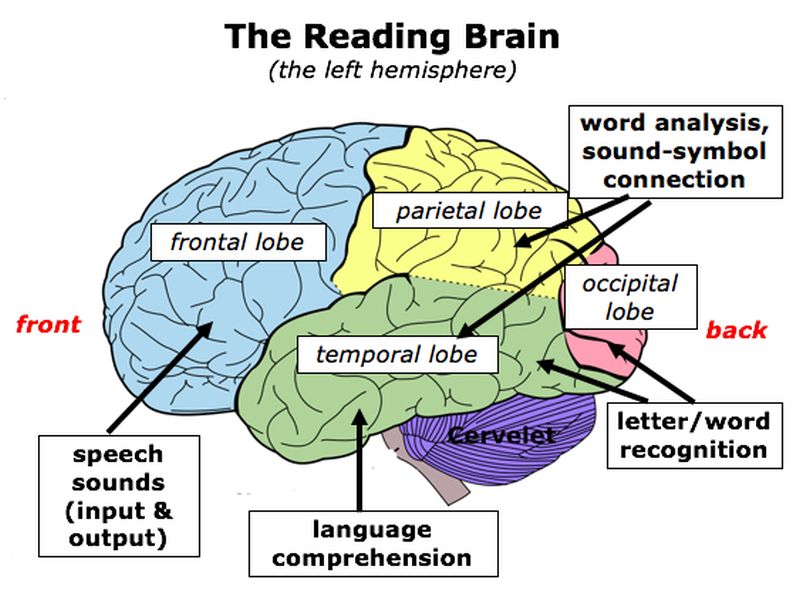

Source
Throughout the last 40 years or so, there have been tens of thousands of studies into teaching and learning reading in multiple languages and countries. The science of reading compiles evidence from those studies to help us truly understand the best ways to teach and learn reading. The NWEA website describes it this way:
The science of reading is the converging evidence of what matters and what works in literacy instruction, organized around models that describe how and why.
Rather than guessing and experimenting with what might work, teachers use a structured learning approach that has been proven to be successful. Students get research-backed methods of helping them master this vital skill. Most importantly, the methods work well with all types of students, including (perhaps even especially) those who struggle.
The ultimate goal for students is reading comprehension—being able to identify the words individually AND understand what they mean altogether, fluently and efficiently.
What are the key elements of the science of reading?
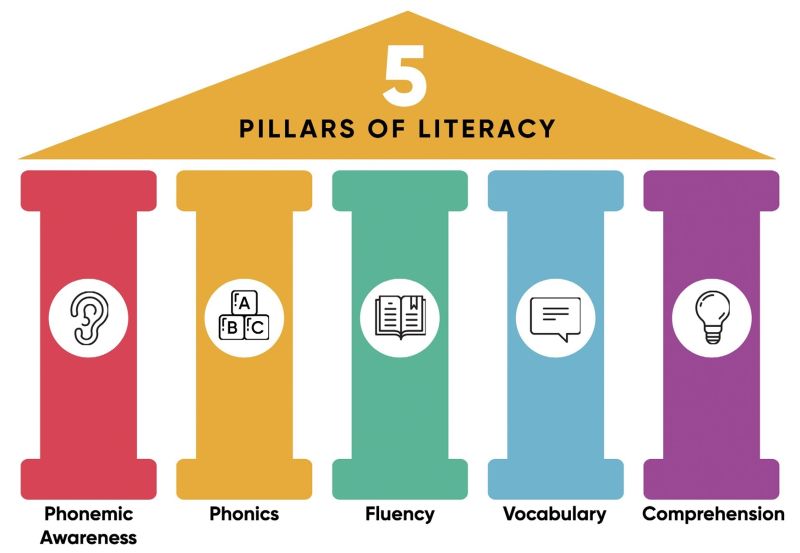

Source
After analyzing all the research, the National Panel of Reading identified these five elements as critical to reading comprehension:
Phonics
Phonics is about recognizing letters and letter blends and the sounds they make. Think of a student sounding out letters individually or practicing sounds like “ch” or “st.”
Phonemic Awareness
Phonemic awareness is recognizing that letter sounds and blends put together make up words. When you speak the word “cat,” you don’t say “cuh-a-tuh.” But if you need to figure out how a word is spelled or pronounced, you slow down and sound out each letter or letter blend. That’s phonemic awareness.
Vocabulary
While phonics and phonemic awareness are about being able to say or spell a word, vocabulary is about knowing what a word means. It’s one part of language comprehension. The bigger our vocabularies, the easier and more fluent our reading becomes.
Comprehension
Overall comprehension means understanding words individually, as well as sentences, paragraphs, and texts as a whole. Being able to sound out words is one thing, but without comprehension, reading is meaningless. The science of reading reminds us that comprehension is actually one of the earliest skills kids learn. They practice this skill even when someone else is reading aloud to them!
Fluency
Fluency is putting it all together at the same time. Fluent readers sound out words effortlessly and focus on comprehension and meaning as second nature. They can read with expression and explain what they read without parroting the text.
Which models demonstrate the science of reading?
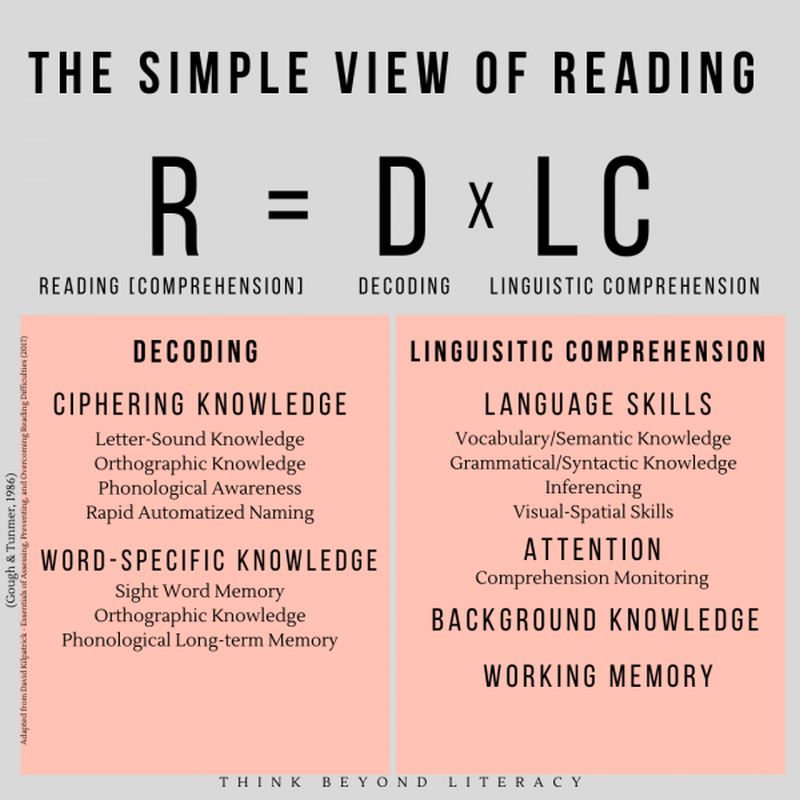

Source
Several popular models help break this all down. One popular option is the simple view of reading: Decoding (D) x Language Comprehension (LC) = Reading Comprehension (RC.)
- Decoding is the process of translating written words into speech, and it incorporates phonics, phoneme awareness, spelling, and sight words.
- Language comprehension incorporates vocabulary, language structure, background knowledge, and fluency.
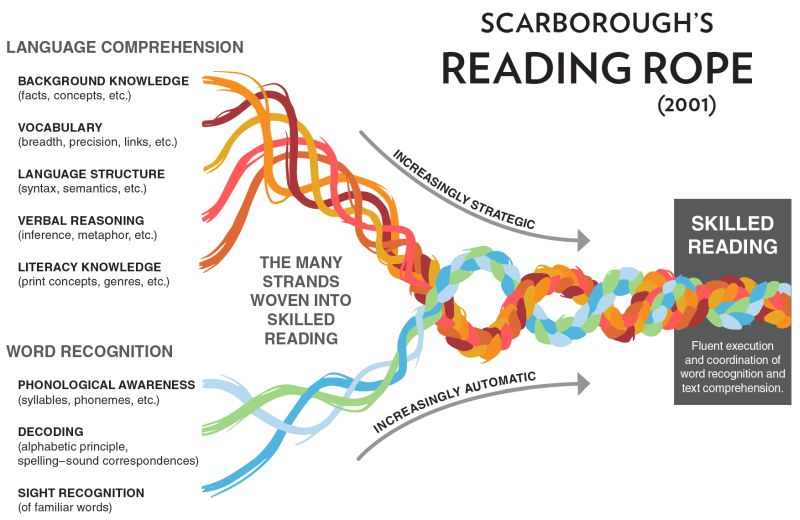

Source
Another well-known model is Scarborough’s Rope, which shows how many strands weave together to form skilled reading. One weak strand can affect the overall rope, so all the skills are equally important. Learn more about Scarborough’s Rope here.
What does it look like in the classroom?


Source
A science of reading classroom usually follows a structured sequential curriculum, heavy on phonics. Kids spend a great deal of time learning sounds, blends, phonemes, and more. This enables them to quickly decode any word they come across.
Hands-on practice and repetition are key. Kids see fluent reading modeled for them, then try it on their own. They read one text multiple times, focusing on different elements. For instance, a first read-through might be about decoding: saying the words out loud. The next might focus on vocabulary. And a final read could tackle overall comprehension of the meaning of the text.
Some argue that a science of reading classroom drops the focus on leveled reading, instead striving to give kids the skills that enable them to tackle whatever interests them.
How does balanced literacy compare with the science of reading?
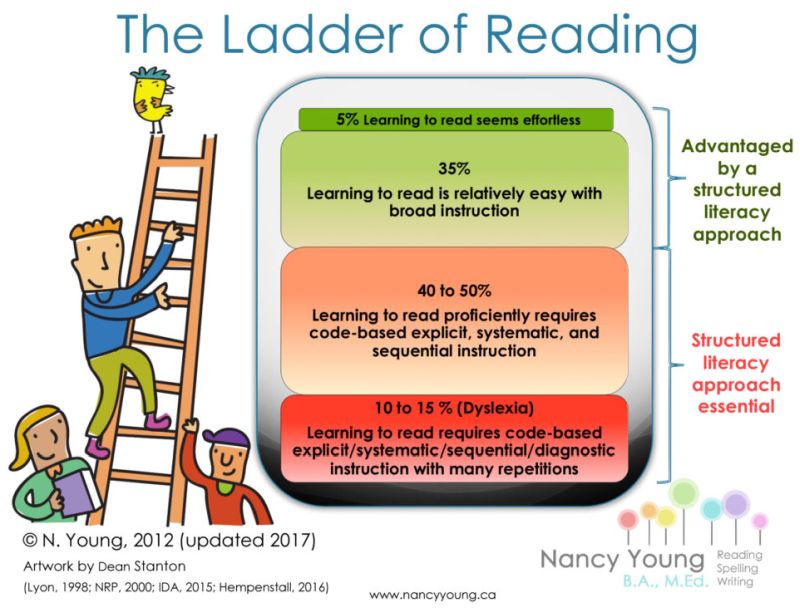

Source
Balanced literacy isn’t easy to define, but it often includes a focus on “reading cues.” Sometimes you’ll hear the phrase MSV, which stands for meaning, sentence structure, and visual information.
In other words, when readers come across an unfamiliar word, they don’t study the word itself but instead look at words or cues around it (like pictures) to understand it. The idea is that kids should quickly be able to figure out a word and move on, keeping their interest in the text. Leveled reading is another key part of balanced literacy, often along with teaching reading and writing as separate subjects.
If you’ve been teaching reading for a while, you might be thinking, “But I like a balanced literacy approach. I teach some phonics, but I want kids to learn to love reading first! It’s no fun when they have to focus on sounds and letters over and over again.” Maybe. But here’s the thing about balanced literacy practices—the scientific evidence just isn’t there to back them up. Study after study has found that focusing on phonics and vocabulary builds reading comprehension much faster and more effectively than the MSV method.
Of course we want kids to love reading. But they’re more likely to enjoy it when they can learn it with less of a struggle. And advocates of the science of reading approach say their structured methods are more successful. It’s possible to ground kids in phonics and teach them to love books, at the same time.
Where can I learn more?
This is just an overview of a very comprehensive topic. Anyone who teaches reading should spend more time learning about the recommended science of reading methods. Here are some places to start:

